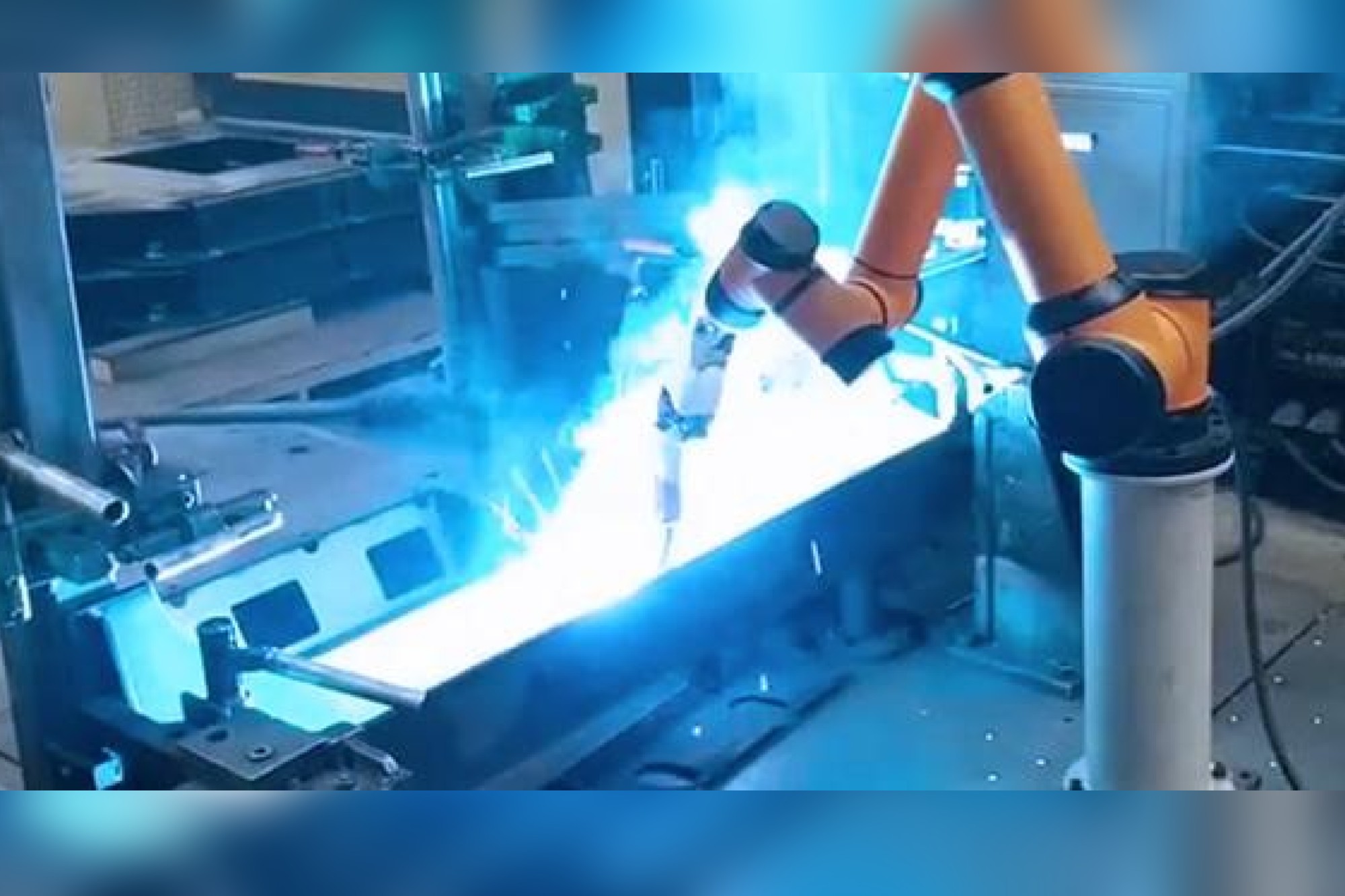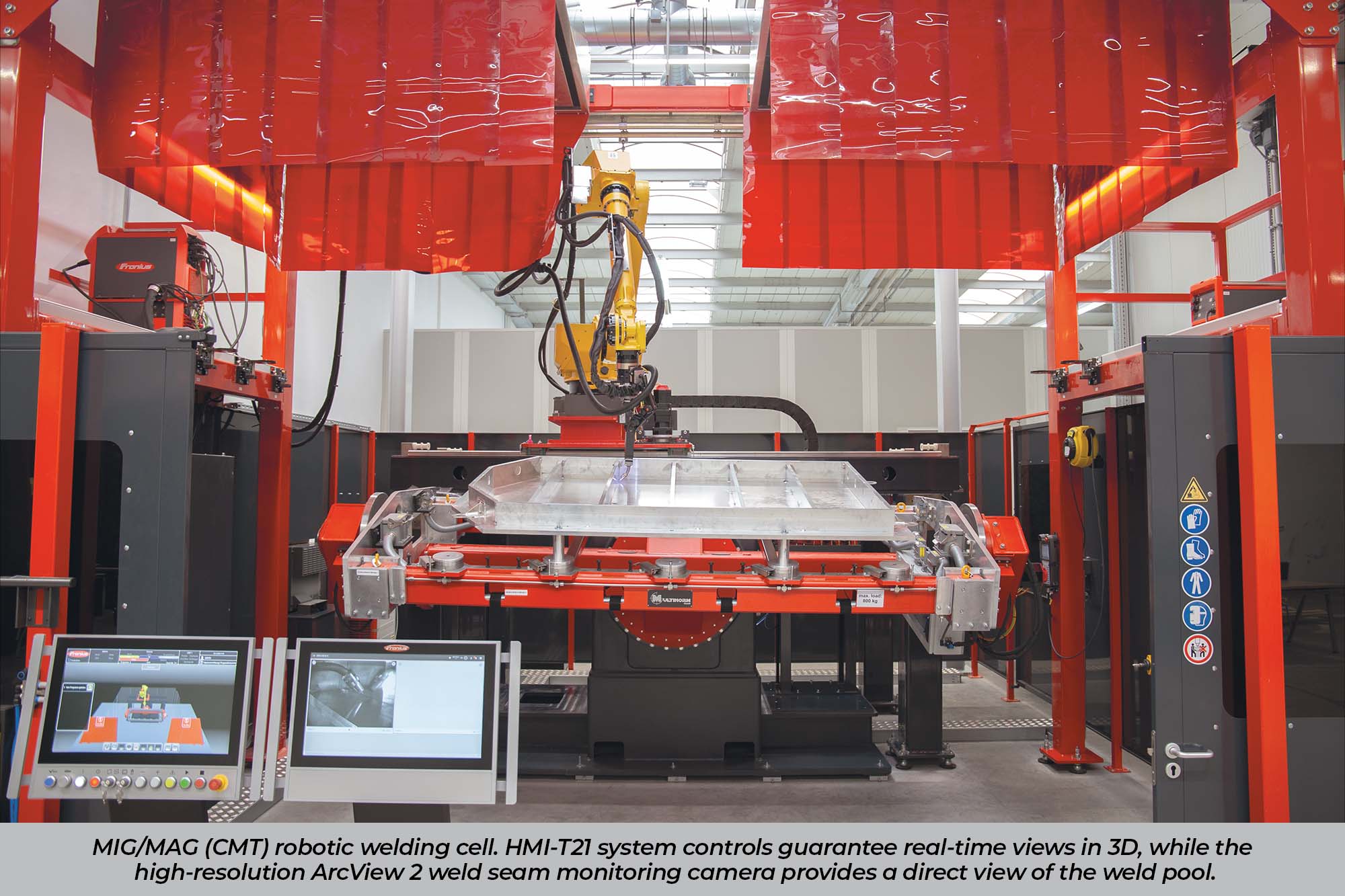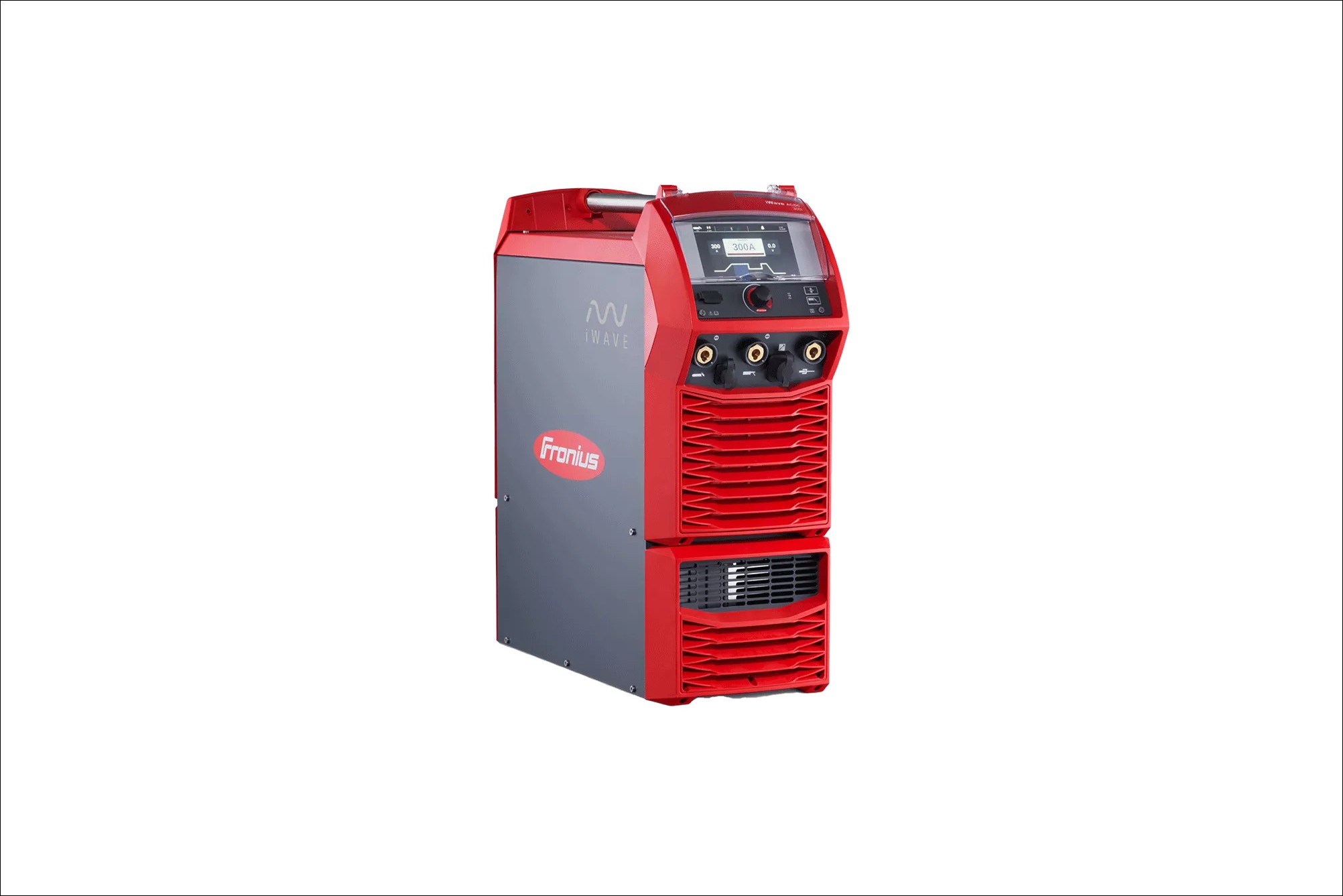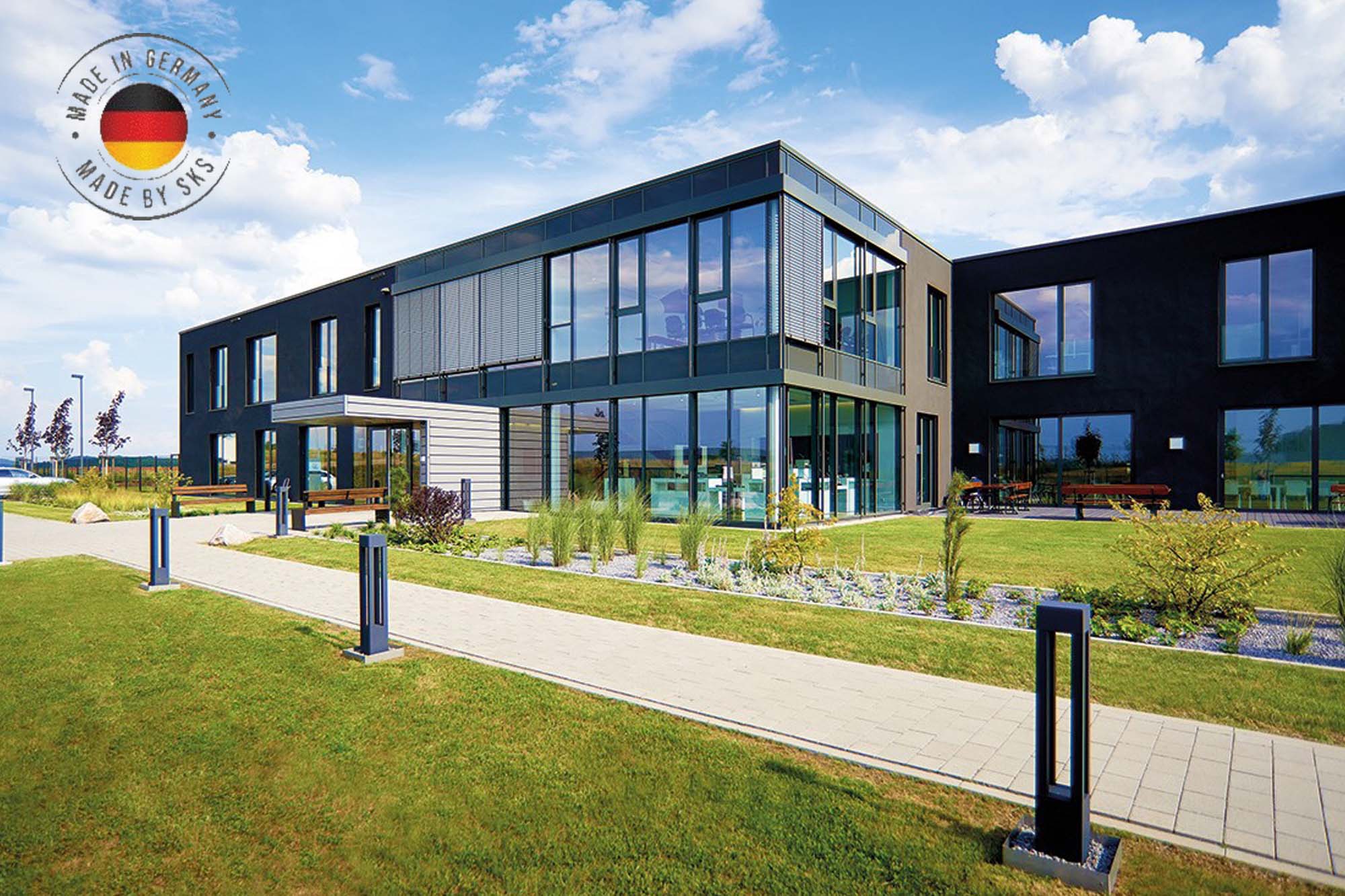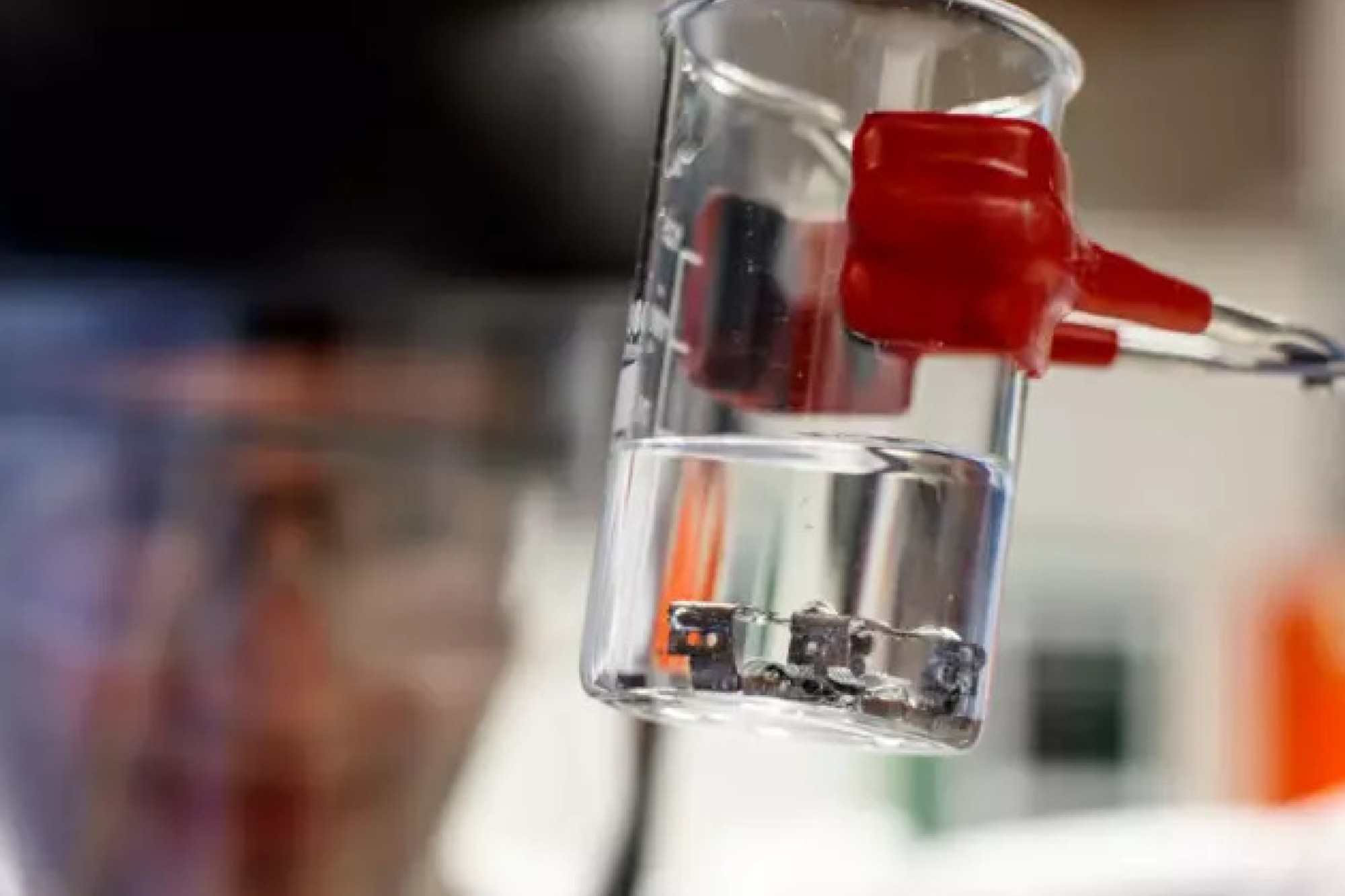Upskilling welders with advanced training and technology
By Staff Report October 30, 2024 11:11 am IST
Laser welding and cutting technologies are advancing with improved efficiencies. Rajeev Patki, Senior Product Manager – Marketing, ESAB, highlights that augmented reality and AI-driven training programs show how welders learn and adapt to new technologies. Modernised institutes and programs are bridging skill gaps, equipping welders with next-generation equipment and intelligent systems.
How are recent advancements in laser welding and cutting improving efficiency and versatility in various industries?
Laser Welding and Cutting technologies are witnessing changes with increased capacities and lower need for cooling equipment, thereby reducing the size and cost of the equipment. Laser welding equipment offers significantly higher welding speeds than TIG welding, delivering similar quality. With innovations in laser source technology, high-powered lasers can cut materials up to thicknesses of 40mm at commercially viable costs.
In addition, hybrid laser welding, a process of joining materials using laser power and traditional arc, is finding increasing commercial applications. The technique uses a powerful laser beam and conventional arc techniques to enhance welding speed, allowing deeper penetration and improved weld profiles.
This solution offers many advantages for applications requiring high processing speed under complicated conditions, such as joining dissimilar materials and thicknesses. These key factors make laser welding suitable for Shipbuilding, Transportation, and Energy.
What are the benefits of using MIG, TIG, and Stick welding processes in different industrial applications?
MIG (Metal Inert Gas), TIG (Tungsten Inert Gas), and Stick Welding (Shielded Metal Arc Welding, or SMAW) are well-established technologies. They offer distinct advantages that make them suitable for various industrial applications.
MIG welding is one of the most popular welding processes, providing a good balance of productivity and costs. With new digital technologies, MIG welding is utilised to weld thin sheets with high productivity, in addition to time-tested higher productivity with high-thickness materials.
TIG welding, on the other hand, allows the operator great flexibility to meet the needs of precision welds in thin materials and also the root joints for thick materials. High penetration and operator flexibility ensure good gap bridging, apart from delivering aesthetically clean welds in demanding applications like aerospace and energy.
Stick welding has proven its versatility with the ability to work with various materials, thicknesses, positions and operators with varying skills. With its low investment costs and versatility, it presents a choice for new setups of welding operations.Choosing the Right welding process is the best option. These depend on factors such as the type of material, thickness, service conditions and any special requirements.
How is Augmented Reality training the next generation of welders?
Augmented reality (AR) revolutionises workplace training by overlaying digital information with the real world. This creates an engaging and interactive learning experience and leads to a more skilled and confident workforce.
Augmented Reality can change how welding students learn the trade before they strike their first real arc or upskill trained workers to update them on the latest technologies. It allows learners to interact with 3D models, simulations, and virtual objects. Also, it provides a safe and controlled environment for them to practice complex tasks. It can help them gain confidence in their abilities before tackling real-world tasks and learn safety protocols in a risk-free environment.
With AI’s increasing role in welding, companies should invest in comprehensive training programs for their workforce. Ensuring that employees are proficient in operating and maintaining AI-driven welding systems is essential for a smooth transition. They become valuable assets in the face of technological advancements.
How do we address the challenges of upskilling welders to adapt to the latest welding technologies?
Welding technology is rapidly evolving, with next-generation welding machines with high-speed processors, adaptive control systems, and intuitive human-machine interfaces. The rapid strides made in mechanised and robotic systems with intelligent machines demand a better understanding of welding technology by operators. While conventional welding has been learnt by shadowing experts over the years, several institutes under the aegis of the Skill India Initiative are training on welding technology and modern machines with advanced controls. Industries are investing in modern technologies and supporting their workforce’s training on such modern machines.
Some of the measures taken to overcome challenges include comprehensive training programs for welders regarding the setup and operation of new technology systems apart from formal training by institutes with next-generation systems that provide welders with access to modern equipment & technology along with relevant certification programs to validate welder’s skills & knowledge.
Cookie Consent
We use cookies to personalize your experience. By continuing to visit this website you agree to our Terms & Conditions, Privacy Policy and Cookie Policy.




